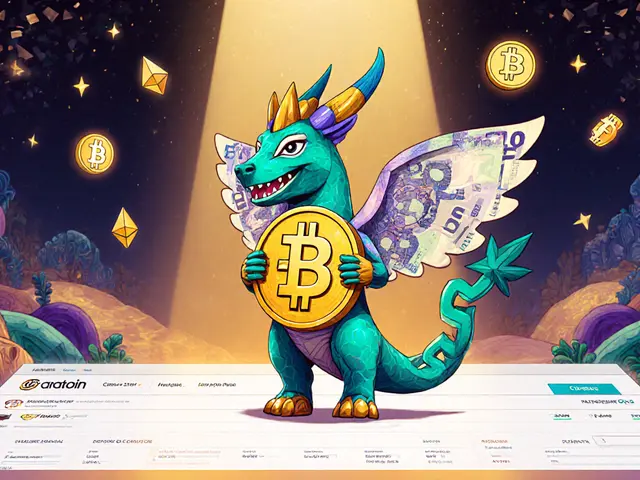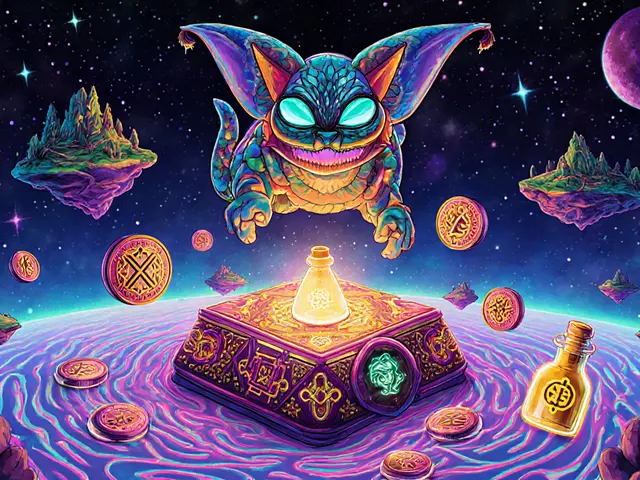POAP: What It Is, Why It Matters, and How It’s Used in Crypto
When you attend a crypto conference, join a Discord event, or even complete a simple task in a Web3 project, you might get a POAP, a digital token on the blockchain that proves you were there. Also known as proof of attendance protocol, it’s not a coin you trade—it’s a badge you collect. Think of it like a digital stamp in your passport, but instead of a country’s seal, it’s locked on Ethereum or Polygon, and only you can prove you own it.
POAPs are built as NFTs, but they don’t aim to make money. They exist to build trust and history. A developer who attended five Ethereum meetups can show their POAP collection as proof of involvement. A community might give out POAPs to early testers, loyal members, or participants in a governance vote. These tokens turn passive observers into active contributors. And because they’re on-chain, no one can fake them. If you have a POAP from the 2021 DevCon, it’s real. No screenshot, no PDF, no lie.
POAPs connect people. They’re used by DAOs to gate access to private channels. They’re given out at hackathons to reward participants. Even brands like ConsenSys and Gitcoin use them to track engagement. You won’t get rich from holding one—but you might get invited to an exclusive event, a private AMA, or early access to a new tool. The value isn’t in price. It’s in access.
Some POAPs are simple: a logo, a date, a location. Others are artistic, animated, or tied to rare moments—like the first Ethereum merge or a canceled conference that never happened. Collectors hunt them. Communities guard them. And projects use them to measure real human participation, not just wallet balances.
Below, you’ll find real examples of how POAPs show up in crypto projects—from event badges to governance tokens, from dead projects that forgot to distribute them to active communities using them to build loyalty. These aren’t theory pieces. They’re stories from people who showed up, got stamped, and moved forward because of it.










